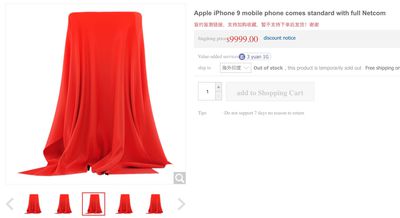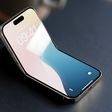Following this weekend's news from Tim Cook that Apple is working with its supply chain to produce a million face shields per week for medical workers, the company has shared a support document outlining how to assemble and adjust the shields.
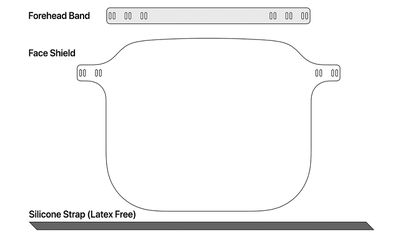
The document includes a series of images and animations showing how the simple three-piece product can be assembled for either a regular fit or with extra space between the user's face and the shield, and then how the latex-free silicone strap should be threaded to secure the shield and forehead band together and around the user's head.
Apple includes a video of the assembly process, as well as instructions for use and for sterilizing and reusing shields. There's also a printable PDF of the instruction sheet that comes in the box with the shields. The paper copy includes a link and a QR code to make it easy to get to the online instructions, as well as an email support contact for those needing assistance with their shields.
Cook said in his video announcement about the new face shields that they can be packed flat with 100 units per box.
(Thanks, Petter!)


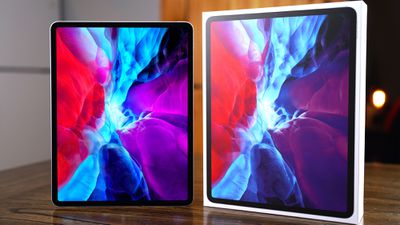
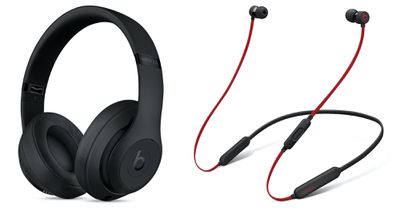
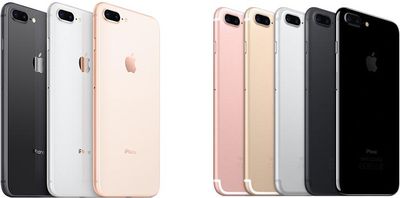 Note: MacRumors is an affiliate partner with Woot. When you click a link and make a purchase, we may receive a small payment, which helps us keep the site running.
Note: MacRumors is an affiliate partner with Woot. When you click a link and make a purchase, we may receive a small payment, which helps us keep the site running.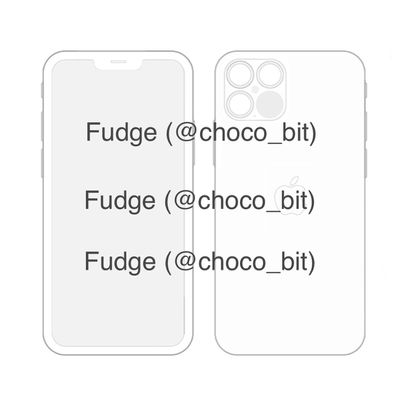
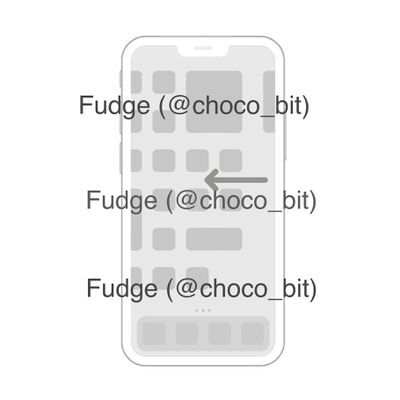
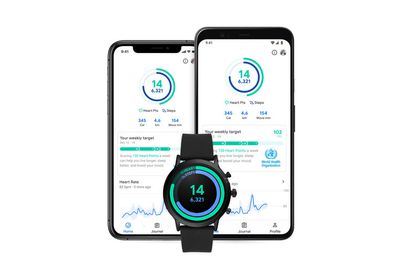
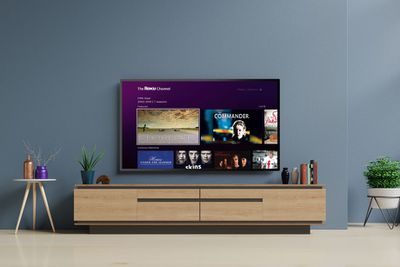

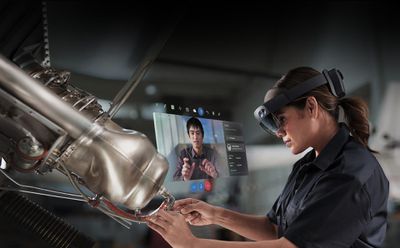


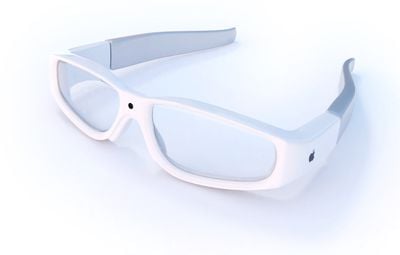

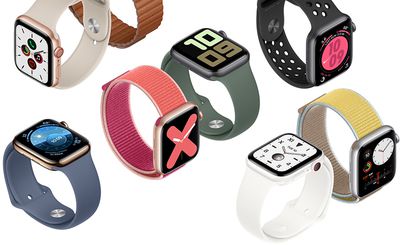 Note: MacRumors is an affiliate partner with Amazon. When you click a link and make a purchase, we may receive a small payment, which helps us keep the site running.
Note: MacRumors is an affiliate partner with Amazon. When you click a link and make a purchase, we may receive a small payment, which helps us keep the site running.